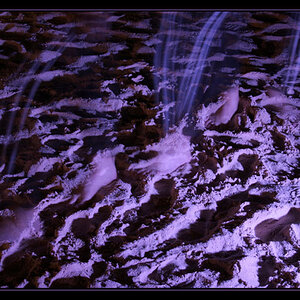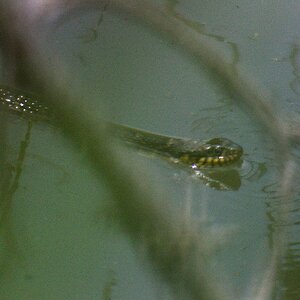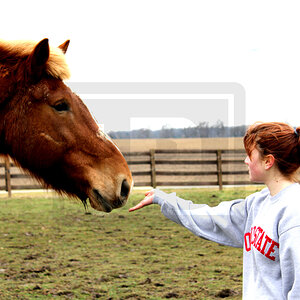dxqcanada
Been spending a lot of time on here!
- Joined
- Dec 4, 2008
- Messages
- 7,821
- Reaction score
- 1,673
- Location
- Woodbridge, Ontario, Canada
- Can others edit my Photos
- Photos OK to edit

惚け, 呆け, ぼけ, ボケ, boke, boke - Nihongo Master
idiot,fool,touched in the head (from),out of it (from),space case,funny man (of a comedy duo) - Meaning of 惚け, 呆け, ぼけ, ボケ, boke, boke. See complete explanation and more examples and pronunciation.
Hmm, reminds me in my youth hearing the elders saying baka a lot, never heard the word boke.
Last edited:


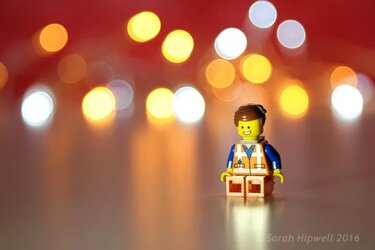
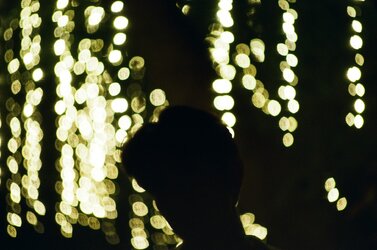
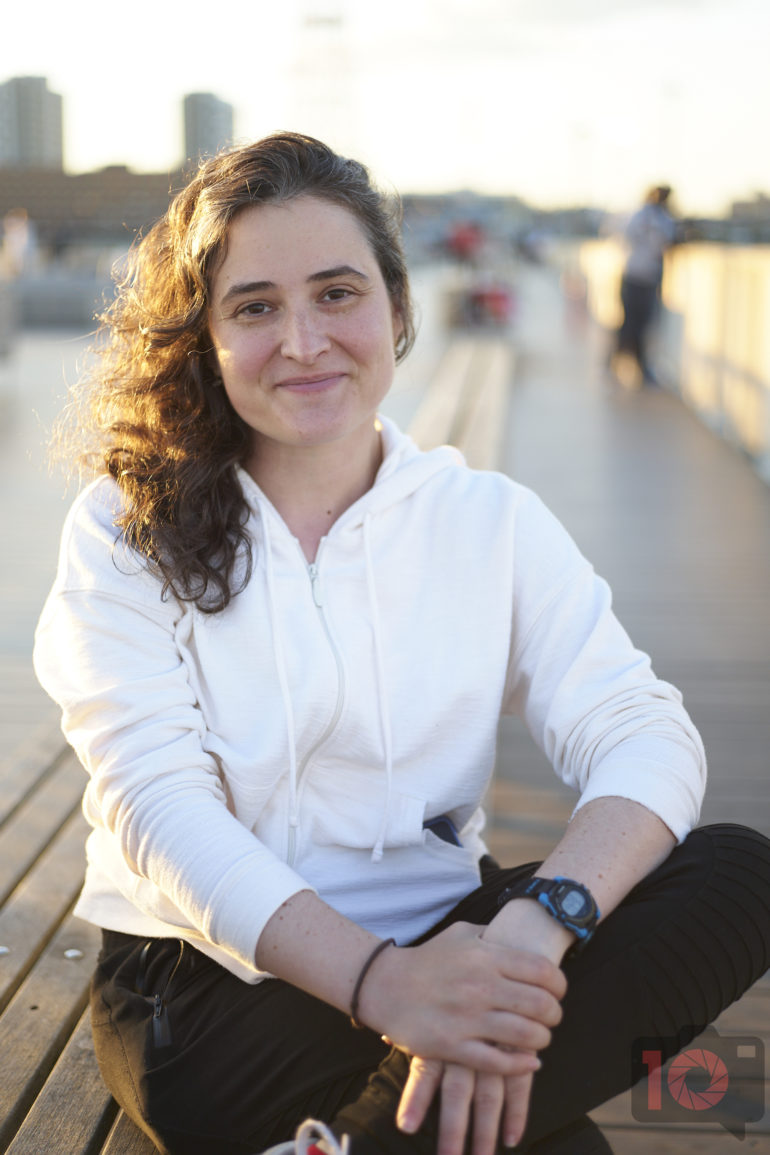



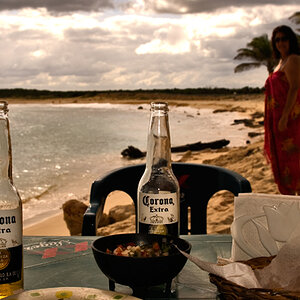

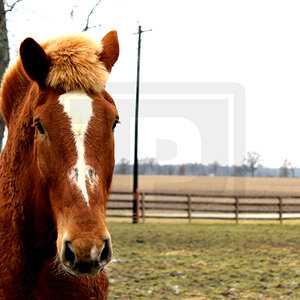
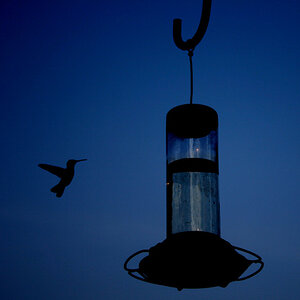
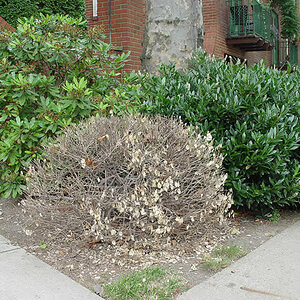
![[No title]](/data/xfmg/thumbnail/37/37117-26c892e756b53ed0359fa90b7ebd99c9.jpg?1619737883)
![[No title]](/data/xfmg/thumbnail/30/30863-8c53522e4ed851e96cb7411e74b9fe59.jpg?1619734482)
